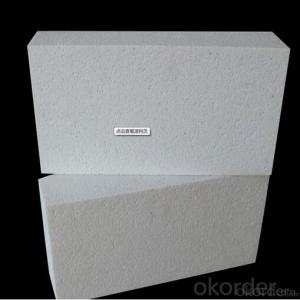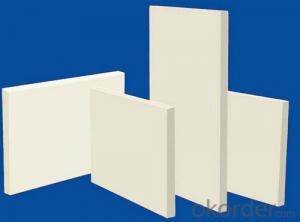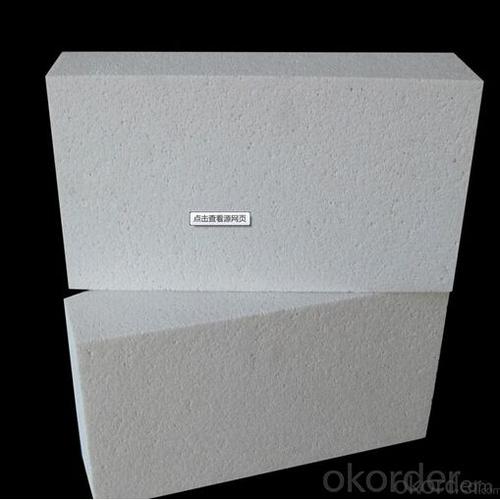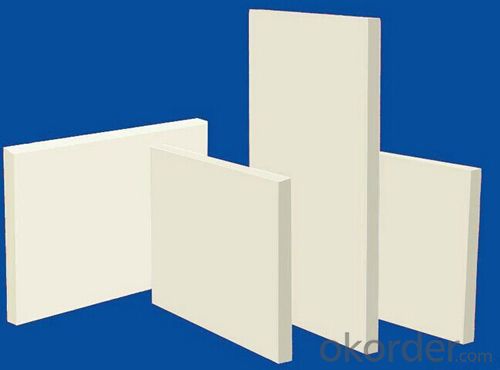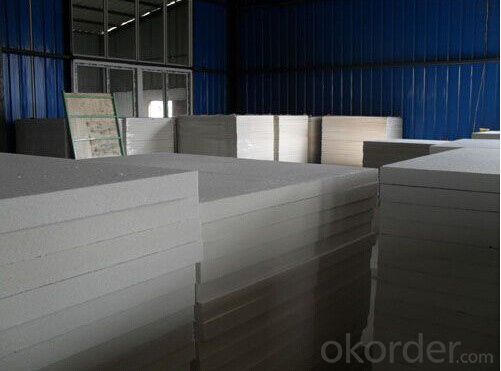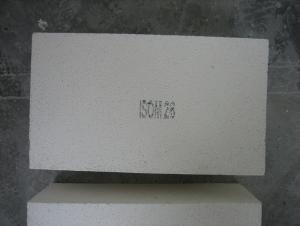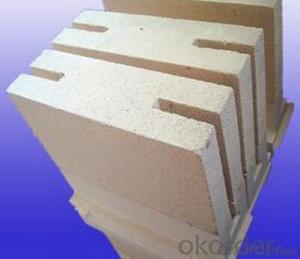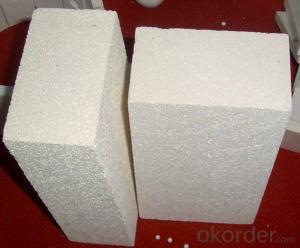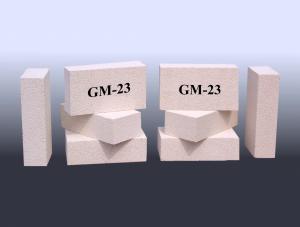Refractory Mullite Insulating Fire Brick GJM 26
- Loading Port:
- Shanghai
- Payment Terms:
- TT OR LC
- Min Order Qty:
- 5000 kg
- Supply Capability:
- 100000 kg/month
OKorder Service Pledge
OKorder Financial Service
You Might Also Like
Top insulation ceramic fiber blanket
General information of ceramic fiber blanket
Cmax ceramic fiber blanket is made of high quality kaolin clay, centrifugal high purity alumina and silica or blowing process. It's no asbestos. Double side acupuncture for easy installation provides a lot of tension or strength of the blanket.
Products are divided into standard, high pressure, HA and Hz, respectively, corresponding to the highest service temperature of 1000, 1100, 1200, and 1350
Characteristics of ceramic fiber blanket
Heat resistance
Light weight
Low thermal conductivity
Low heat storage
Thermal shock toughness
High tensile strength
Application of ceramic fiber blanket
Refractory fiber lining for petrochemical process heating furnace
Heat treatment furnace or intermittent (shuttle) kiln heat surface lining
General oven standby insulation
Heat sealing or kiln kiln car door
Electrical insulation
Ceramic fiber blanket
Common problem solutions
1. What products do you have?
We have all kinds of refractory bricks, refractory casting materials, mortar, cement, ceramic fiber products, etc..
Or you can browse our products to choose what you need.
2. How to control product quality?
With strict quality control system throughout the material selection and production process, we have the quality of refractory materials and ceramic fiber products to meet customer requirements.
From the selection of raw materials, the quality of our control to start. The quality certificate of the raw material is required, each batch of the products are to be tested in the use of the forward line. In the production process, the quality control by the workers, and then each piece of classification, and through the quality supervision and inspection.
3. Can you give me a brief introduction to the application of your product?
My company is mainly engaged in refractories in the steel, cement, glass, ceramics, petrochemical, electric power and other industries.
4. What information do you need if I need you?
In order to select the right products, we will provide us with information, such as the United States, technical data, order quantity, product application, etc..
If you have any questions, please contact us.
Picture of Insulating Bricks
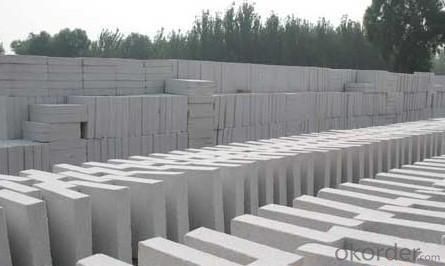
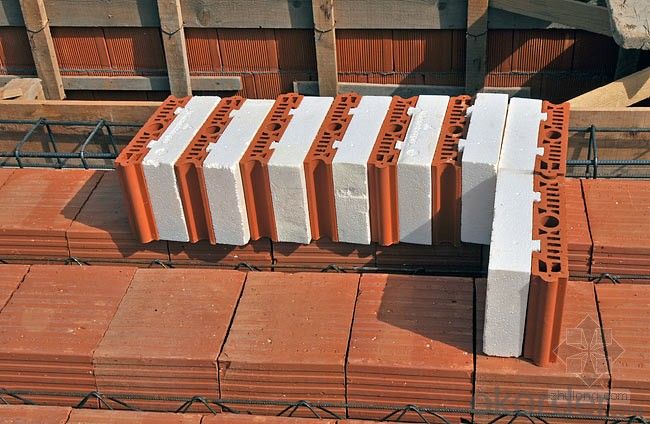
FAQ
1. Which products do you have?
We have all kinds of refractory brick, castable, mortar, cement, ceramic fiber products, etc.
Or you could browse our products to choose what you need.
2. How do you control the products quality?
With strict quality control system throughout the materials selection and production process, our refractory and ceramic fiber products quality is effectively controlled to meet customer requirements.
From the raw materials selecting, our quality control begin. The quality certificates of raw materials are required and each batch will be tested before using. During production, the quality control are conducted by workers and then each piece will be sorted and examined by quality supervise.
3. Can you give me a brief introduction of the application of your products?
We are mainly specializing in the refractory materials in iron and steel, cement, glass, ceramics, petrochemical, electric power Industry, etc.
4. If I need your offer, what information do you need?
In order to choose suitable products, it will be appreciated to provide us the information, such us specification, technical data, order quantity, products application etc.
If any question, please contact us freely.
- Q: What is the recommended thickness for insulating fire brick installations?
- The optimal thickness for insulating fire brick installations may differ based on the particular application and requirements. Typically, a thickness ranging from 2.5 to 3 inches is widely suggested for these installations. Such a thickness adequately offers insulation characteristics and thermal resistance to endure elevated temperatures and avoid heat loss. Nonetheless, it is crucial to refer to the manufacturer's guidelines and take into account factors like intended usage, operating temperature, and any applicable regulations or codes to ensure the precise thickness is utilized for the given installation.
- Q: Can insulating fire bricks be used in high-temperature insulation blankets?
- No, insulating fire bricks cannot be used in high-temperature insulation blankets. Insulating fire bricks are solid, dense bricks that are designed to withstand high temperatures, while insulation blankets are made of flexible materials like ceramic fibers or mineral wool, which are more suitable for insulation applications requiring flexibility and conformability.
- Q: Can insulating fire bricks be used in the construction of heat exchangers?
- Yes, insulating fire bricks can be used in the construction of heat exchangers. These bricks are designed to withstand high temperatures and have excellent insulating properties, making them suitable for heat exchanger applications where heat retention and insulation are important.
- Q: Can insulating fire bricks be used in the construction of tundishes?
- Yes, insulating fire bricks can be used in the construction of tundishes. Insulating fire bricks are lightweight and have excellent thermal insulation properties, making them ideal for applications where heat retention is important. Tundishes, which are used in the steel industry to control the flow of molten metal, require materials that can withstand high temperatures and minimize heat loss. Insulating fire bricks can withstand the extreme temperatures found in tundishes, helping to maintain the desired temperature of the molten metal and preventing heat loss. Additionally, their lightweight nature makes them easier to handle and install in tundish construction. Overall, insulating fire bricks are a suitable choice for the construction of tundishes due to their thermal insulation properties and ability to withstand high temperatures.
- Q: Are insulating fire bricks eco-friendly?
- Yes, insulating fire bricks can be considered eco-friendly. They are typically made from natural and sustainable materials such as clay and shale, which are readily available and do not deplete natural resources. Additionally, their high insulation properties help reduce energy consumption, making them an environmentally responsible choice.
- Q: Can insulating fire bricks be used in the construction of glass slump molds?
- Yes, insulating fire bricks can be used in the construction of glass slump molds. These bricks are designed to withstand high temperatures and provide excellent insulation, making them suitable for use in kilns and other heat-intensive applications like glass slumping. Their insulating properties help to maintain a consistent temperature during the slumping process, ensuring the glass molds are formed correctly.
- Q: Can insulating fire bricks be used for insulation in residential walls?
- Insulating fire bricks are not suitable for residential walls as insulation, as they do not meet the specific requirements of residential construction. While they are effective in industrial settings like furnaces and kilns, they have limitations in residential applications. Compared to traditional insulation materials like fiberglass or foam, insulating fire bricks have a higher thermal conductivity, which means they conduct heat more efficiently. As a result, residential walls with insulating fire bricks can experience significant heat loss and reduced energy efficiency. In addition, insulating fire bricks are larger and heavier than conventional insulation materials, making their installation in residential walls more difficult and costly. They also lack the flexibility and ease of use that other insulation materials offer. For residential purposes, it is recommended to use insulation materials specifically designed for residential walls, such as fiberglass batts, foam boards, or spray foam insulation. These materials are lightweight, easy to install, and provide excellent thermal insulation properties. They help maintain a comfortable indoor temperature and reduce energy consumption.
- Q: Are insulating fire bricks resistant to moisture absorption?
- Yes, insulating fire bricks are highly resistant to moisture absorption. They are designed to have low porosity and are made from materials that do not readily absorb water. This makes them ideal for applications where moisture resistance is crucial, such as in kilns, furnaces, and other high-temperature environments.
- Q: Can insulating fire bricks be used in kilns or furnaces?
- Yes, insulating fire bricks can be used in kilns or furnaces. Insulating fire bricks are designed specifically to withstand high temperatures and thermal shock, making them ideal for use in kilns or furnaces. They have excellent insulating properties, which help to conserve heat and improve energy efficiency. Additionally, insulating fire bricks are lightweight and easy to install, making them a popular choice for lining the walls and floors of kilns or furnaces. Overall, insulating fire bricks are a reliable and effective solution for maintaining high temperatures and ensuring optimal performance in kilns or furnaces.
- Q: Can insulating fire bricks be used in the construction of steel rolling mills?
- Insulating fire bricks have the capability to be utilized in the construction of steel rolling mills. With their exceptional thermal insulation properties, these bricks are designed specifically for applications that necessitate high temperatures and heat containment. They prove to be suitable for lining the walls of furnaces, ovens, and other heat-processing equipment within steel rolling mills due to the involvement of elevated temperatures. The utilization of these bricks aids in diminishing heat loss, enhancing energy efficiency, and maintaining a steady temperature environment, which is of utmost importance during the steel rolling process. Furthermore, the lightweight nature and ease of installation of insulating fire bricks make them a practical and advantageous choice for construction purposes in steel rolling mills.
Send your message to us
Refractory Mullite Insulating Fire Brick GJM 26
- Loading Port:
- Shanghai
- Payment Terms:
- TT OR LC
- Min Order Qty:
- 5000 kg
- Supply Capability:
- 100000 kg/month
OKorder Service Pledge
OKorder Financial Service
Similar products
Hot products
Hot Searches
Related keywords
